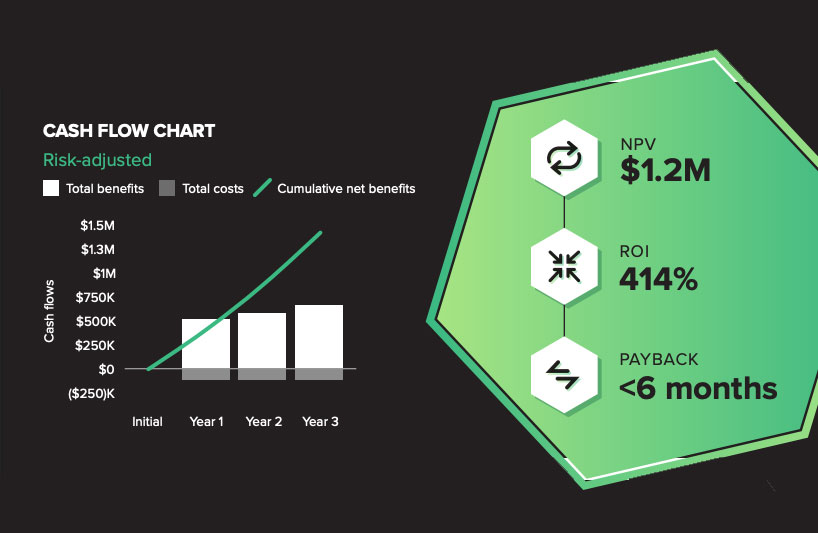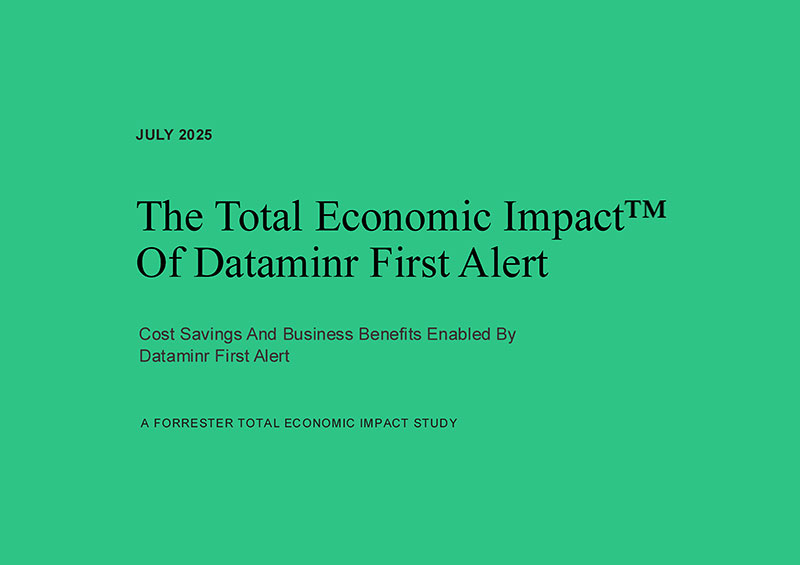Higher education security teams are under immense pressure to keep pace with the steep rise in risks that threaten today’s colleges and universities, from cyber attacks to crumbling infrastructure. In fact, both are deemed two of the top 10 risks (No. 2 and 6 respectively) for higher-ed institutions, according to the 2024 Top Risks Report conducted by United Educators.
While those two risks have ranked in the top ten for the last few years, three new risks cropped up on the survey report:
- Public safety (No. 9)
- General premises safety (Tied for No. 10)
- Political and societal pressures (Tied for No. 10)
These risks are indicative of a growing attack surface and a world that is increasingly interconnected, global and unpredictable, making it imperative that college and university security teams be able to effectively safeguard their campuses and the students, staff and visitors that frequent them. Here, we explore some of their biggest challenges and how real-time information can make a difference.
International campuses and study abroad programs
It’s not uncommon for a college or university to have study abroad programs or one or more campuses located in another country. For example, New York University has degree-granting campuses in Abu Dhabi and Shanghai and operates global academic centers in multiple cities in nearly every continent. The University of Nottingham has two international campuses; one in China and one in Malaysia.
This increased globalization of higher learning comes with its own set of security challenges. Schools must safeguard overseas students who are far from home—many of whom have no family ties in the visiting country—as well as traveling faculty and staff. Some risks are easier to respond to than others.
For example, there are typically protocols in place for managing illnesses. But unforeseen and high-stakes threats, such as the rise in virtual kidnappings of Chinese students studying abroad, require more foresight and planning.
This increased risk exposure means security teams’ areas of responsibility are growing, but current approaches don’t provide the global visibility and insight needed. For instance, campus security teams often partner with local police forces, but those local resources rarely have access to real-time information on emerging risks and events.
Large-scale events
Universities and colleges around the world host a multitude of events, including those that are commercial in nature such as international sports competitions, conferences and concerts. Many of these events require partnering with public and private partners and attract or feature well-known guests and attendees, adding layers of complexity to the planning required for securing large-scale events.
Top risks include:
- Ineffective crowd management
- Terror threats and/or violence
- Severe weather
- Cyber attacks
- Medical emergencies
- Lack of coordination between public and private organizations
To protect against such risks, higher education security leaders should be sure to plan well in advance of an event. This is particularly true for those at U.S. institutions with ranked collegiate teams, where attendance for a single game can bring in thousands of attendees.
For example, The University of Notre Dame’s football stadium has a maximum capacity of 80,795. The XFINITY Center basketball arena at the University of Maryland at College Park has a capacity of 17,950.
3 musts for large-scale event security
- Pre-planning: Begin as soon as you know about the event. This includes establishing a core planning group and understanding environmental factors such as traffic patterns.
- Stress test response plans: This step is critical as it will help to pressure test response protocols and verify that team members fully understand the plan and their respective roles and responsibilities.
- Capture lesson learned: A post-event audit is critical. It allows you to identify what went well and what went wrong, so you can improve processes and course correct where needed.
Learn More: 3 Key Steps to Prepare for and Secure Large-scale Events
Cybersecurity risks
Colleges and universities continue to see a steep rise in cyber risks and remain prime targets for cyber attacks. They are attractive to cyber criminals for numerous reasons, such as being a wealth of student data and institutional data. And they are highly exposed due to a large number of legacy systems; the prevalence of online learning and bring your own devices; and inadequate cybersecurity.
Why Higher-ed Institutions Are Prime Cyber Crime Targets
- Inadequate security practices: Such as lack of multi-factor authentication (MFA) or weak or outdated password policies.
- Bifurcation of academic versus administrative IT practices: For example, when the IT practices in research and academic departments differ from those in administrative departments.
- Unintentional errors and lack of training: Applies to both faculty and staff.
- Insider threats: Oftentimes attributed to disgruntled, terminated or opportunistic employees.
- Vulnerable systems: Several factors are increasing the vulnerability of systems, including a large number of legacy, on-premise IT systems combined with the lack of vulnerability management systems and the prevalence of “bring your own devices,” all contributing to increasing vulnerabilities on campus.
- Third-party risks: Risk stemming from relationships with vendors and other external partners.
- Scams: Includes phishing and social engineering aimed at employees, senior leaders and trustees.
Source: Deloitte
Security teams are now tasked to prepare for and manage the uptick in cyber-physical risks—those that originate in one domain (digital or physical) and then become threats in the other. For example, the 2024 ransomware attack on Florida Memorial University. It significantly disrupted campus operations, making vital student services inaccessible and delaying the start of classes.
In that instance, the impact the cyber attack had on the university’s physical world was not catastrophic. However, as cyber-physical risks can pose more serious threats and disruptions, security teams must ensure they have a full view of such risks and are prepared to respond to and mitigate them.
Take for instance Lincoln College, a 157-year-old small school in the U.S. After it was hit by a ransomware attack, it was forced to shut down. The university said the attack “thwarted admissions activities and hindered access to all institutional data.”
Yet a large number of university and college security teams are still not equipped to adapt quickly to today’s constantly changing security and risk landscape.
Watch On-demand Webinar: Dataminr Pulse for Cyber Risk: Public Sector Demo
How real-time data helps security teams stay ahead of risks
Security teams responsible for safeguarding colleges and universities need access to tools and technology that help them stay ahead of threats and disruptions and provide rapid, actionable insights so they can:
- Keep students and staff safe, on every campus and wherever they are in the world
- Safeguard all physical and digital assets
- Respond quickly, confidently and effectively to emergencies
- Maintain operational resilience in the face of unpredictable events
Here’s where real-time information comes in. With it, higher-ed security teams can ensure they know about potential threats and critical events as soon as they arise—giving teams the lead time needed to take immediate action and quickly mitigate risks. This gives security teams a huge advantage over traditional detection methods.
Take for example Dataminr First Alert, our real-time risk and event discovery solution for the public sector. It provides real-time alerts via an AI-powered platform that surfaces the earliest indications of risks, threats and critical events. When the COVID-19 pandemic first hit in 2020, Baylor University relied on Dataminr to bring traveling students and staff home safely—before the pandemic became widespread.
“I can use [Dataminr] to quickly capture what’s happening… and can tell if any of those areas where we have students has been impacted,” said Baylor’s Global Director of Safety & Security. “The number one benefit for us is quality of information.”

Security and Safety Playbook for Higher Education Security Leaders
Read this playbook to learn more about how to effectively safeguard colleges and universities in today’s unpredictable and fast-changing world.
Download NowThis blog has been updated from the original, published on August 3, 2023, to reflect new events, conditions or research.



